The power steering pump applies the pressure from the reservoir to the steering gear to guide the fluid smoothly and correctly in order to turn the wheels. There are some symptoms of bad or malfunctioning power steering pumps, so if you notice the following, please have a professional mechanic check the pump for problems as soon as possible, and help you repair the vehicle:
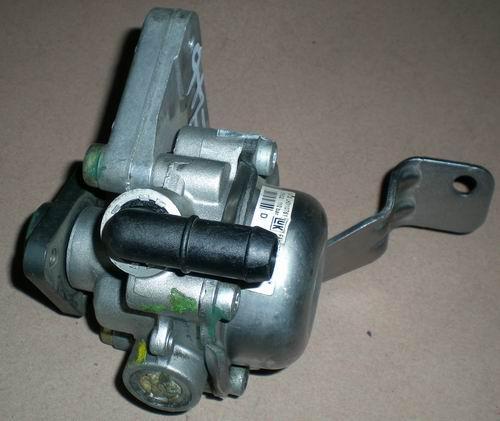
1. A whine sound when turning the wheel
If you hear a whine when turning the wheels, there is a problem with your power steering system. It may be a leak in the power steering pump, or the liquid level may be low.
If the liquid level is maintained for such a long time, the entire power steering system may be damaged. Either way, the power steering pump needs to be checked and may be replaced by a professional.
2. The steering wheel responds slowly
When turning, if your steering feels slow to respond to your ongoing steering wheel input, it may be that your power steering pump is malfunctioning.
Besides, you may also hear a whining sound. If you notice these two symptoms at the same time, please contact a professional to replace your power steering pump.
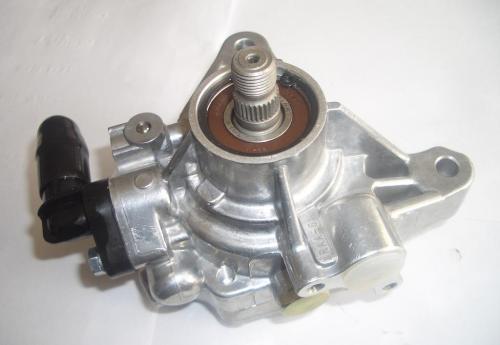
3. Stiff steering wheel
Not only is your steering wheel slow to respond, but it can also become stiff if the power steering fails. If your steering wheel starts to feel stiff, your power steering pump may go bad.
4. When the vehicle starts, it makes a scream
You usually hear a whining sound when you turn the Nissan Rich6 car, and a scream when the car starts for the first time. They also happen when you turn sharply, but they are more likely to happen for a minute when you are driving.
The screaming noise generally comes from your vehicle's hood, which indicates that your power steering pump may be damaged or become more serious and cause the belt to slip.
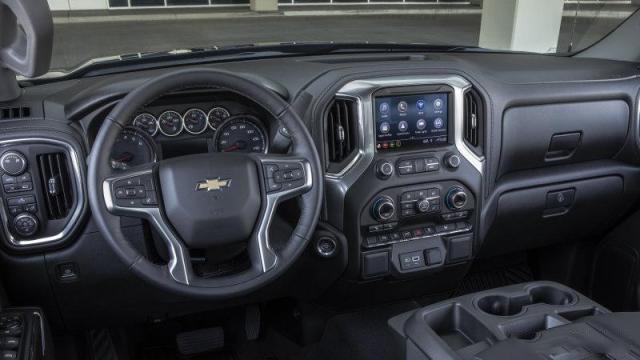
5. Trouble sounds similar to groans
groaning is the loudest noise that a power steering pump can produce. As your power steering pumps continue to fail, they will get worse and worse.
If the power steering system fails due to lack of fluid, the entire system, including the steering rack and wiring, may be damaged and need to be completely replaced.
Once you find that the vehicle is making abnormal noises, the steering response is slow or feels stiff, check the power steering pump and replace it if necessary.
Power steering is an important part of the vehicle and is a safety issue, so professionals should be responsible as soon as possible.
Now generally many auto repair shops can come to help you diagnose or solve the problem, and easily repair your power steering pump. You can book the service online 24/7.
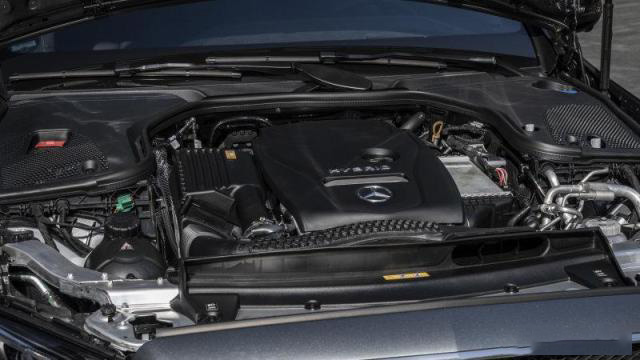
Qualified technicians can also help you check other problems when checking the power steering mercury.
The electric power steering system is a power steering system that relies on the motor to provide auxiliary torque. The electric power steering system is mainly composed of torque sensors, vehicle speed sensors, electric motors, deceleration mechanisms, and electronic control units.
In the development of automobiles, the power steering system used in automobiles has gone through four stages of development, from the initial mechanical power steering system to the hydraulic power steering system, and then the electronically controlled hydraulic power steering system and the electric power steering system.
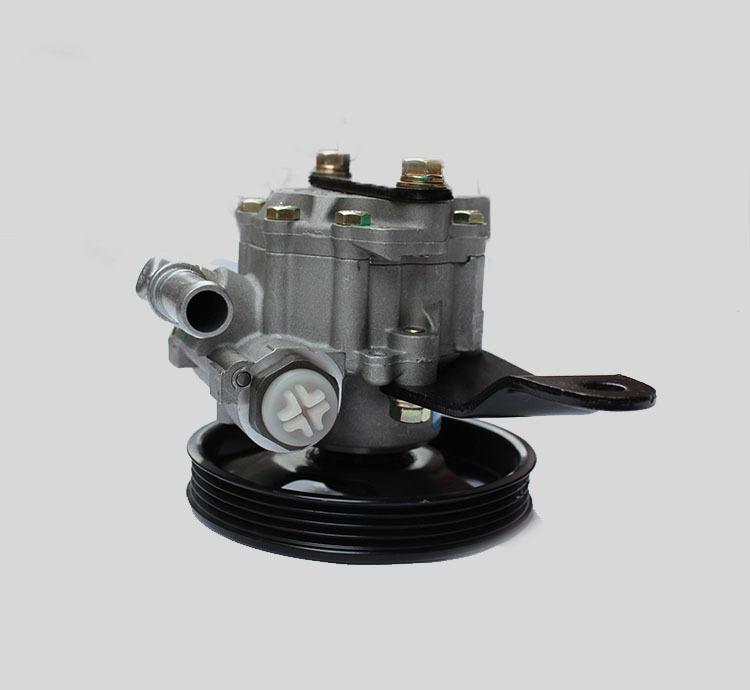
The electric power steering system is developed on the basis of the traditional mechanical steering system. It mainly uses the power generated by the electric motor to help the driver perform the steering operation. This power steering system is mainly composed of a torque sensor, a rotation angle sensor and a vehicle speed sensor.
The electric motor only needs to participate in assisting when steering. This kind of assisting system does not work continuously and can reduce the energy consumption of the car.
The Nissan Rich electric power steering system can also reduce the fuel consumption of the car. Experiments show that the electric power steering can reduce the fuel consumption by 2.5%, and it can reduce the fuel consumption by 5.5% when turning.
Automotive booster pump refers to a component that contributes to the improvement and stability of automobile performance.
is mainly to assist the driver to adjust the direction of the car. At present, the car has a booster pump, mainly including a direction booster pump and a brake vacuum booster pump. Then the editor will give you a detailed introduction to the automobile power steering pump.
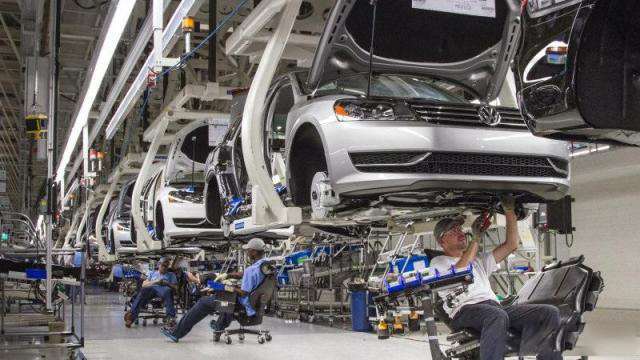
Introduction
Steering assist is mainly to assist the driver to adjust the direction of the car, to reduce the strength of the driver's effort to turn the steering wheel. Of course, power steering also plays a role in the safety and economy of car driving.
Classification
In the existing market, power steering systems can be roughly divided into three categories: mechanical hydraulic power steering systems, electronic hydraulic power steering systems and electric power steering systems.
Mechanical hydraulic power steering system
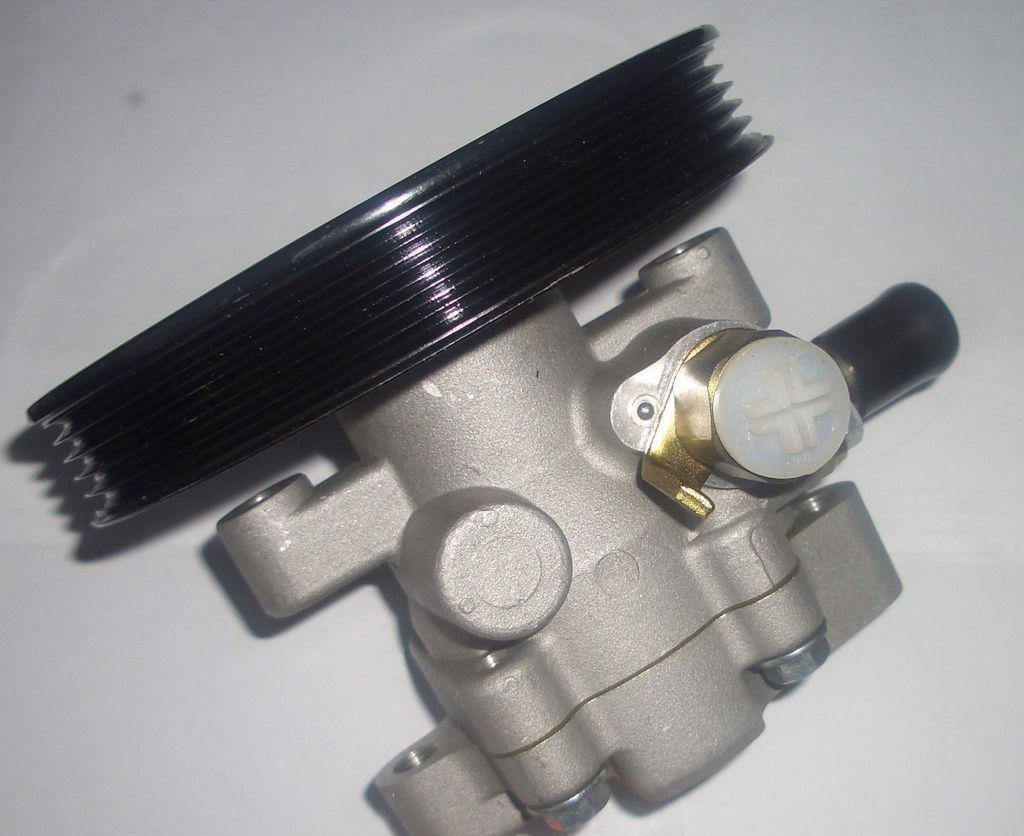
Mechanical hydraulic power steering system is generally composed of hydraulic pump, oil pipe, pressure and flow control valve body, V-shaped transmission belt, oil storage tank and other components.
This system has to work regardless of whether the car is steering or not, and when the vehicle speed is low in large steering, the hydraulic pump needs to output more power to obtain a larger boost.
Therefore, resources are also wasted to a certain extent. You can recall: driving such a car, especially when turning at a low speed, feels that the direction is heavier and the engine is more laborious. Moreover, due to the high pressure of the hydraulic pump, it is easier to damage the booster system.
Also, the mechanical hydraulic power steering system is composed of hydraulic pumps, pipelines and cylinders. In order to maintain pressure, the system must be in working condition regardless of whether power steering is needed or not, and the energy consumption is high. This is also one of the reasons for resource consumption.
Generally, economical cars use mechanical hydraulic power assist systems.
Electronic hydraulic power steering system
Main components: oil storage tank, power steering control unit, electric pump, steering gear, power steering sensor, etc., of which the power steering control unit and electric pump are an integral structure.
Working principle: The electronic hydraulic power steering system overcomes the shortcomings of the traditional hydraulic power steering system.
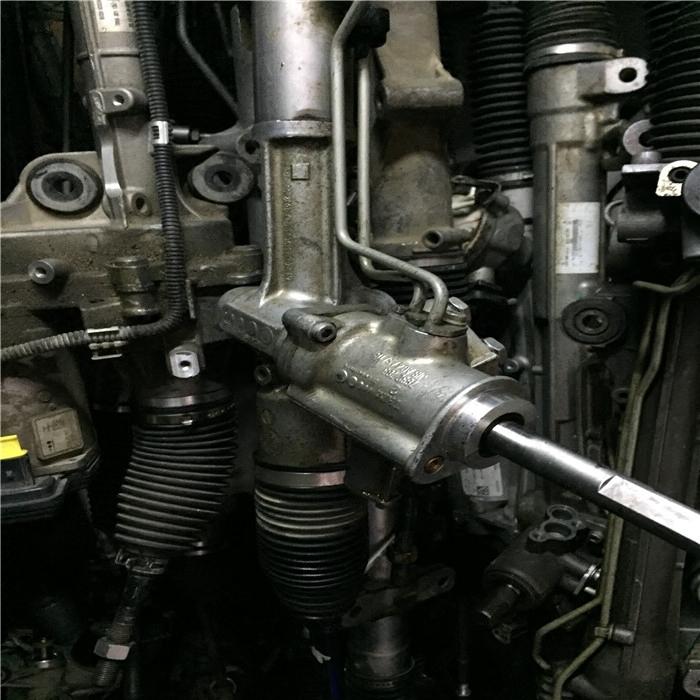
The hydraulic pump it uses is no longer directly driven by the engine belt, but an electric pump. All its working conditions are calculated by the electronic control unit according to the vehicle's driving speed, steering angle and other signals in the optimal state.
Simply put, in the low-speed and high-speed steering, the electronic control unit drives the electronic hydraulic pump to run at a high speed to output a large amount of power, so that the driver saves effort in steering;
When the car is running at high speed, the hydraulic control unit drives the electronic hydraulic pump to run at a lower speed, which saves part of the engine power without affecting the need for high-speed steering.
Electric Power Steering System (EPS)
The full English name is Electronic Power Steering, or EPS for short. It uses the power generated by the electric motor to assist the driver in power steering.
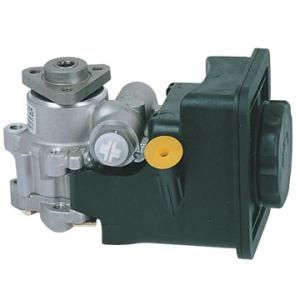
EPS composition, although different cars have different structural components, they are roughly the same. It is generally composed of a torque (steering) sensor, an electronic control unit, an electric motor, a reducer, a mechanical steering gear, and a battery power supply.
Main working principle: When the car is turning, the torque (steering) sensor will "feel" the torque of the steering wheel and the direction to be rotated. These signals will be sent to the electronic control unit through the data bus, and the electronic control unit will be based on the transmission torque, Data signals such as the direction to be turned are sent to the motor controller, so that the motor will output a corresponding amount of torque according to specific needs, thereby generating power steering.
If it does not turn, the system will not work, and it will be in standby (sleep) state waiting to be called.
Due to the working characteristics of electric power steering, you will feel that driving such a car has a better sense of direction and is more stable at high speeds, that is, the direction is not fluttering as the saying goes. And because it does not work when it is not turning, it also saves energy to some extent. Generally, high-end cars use such power steering systems more often.
Okay, the car power steering pump introduced by the editor today is here. After listening to the introduction of the editor, do you have a deeper understanding of the car power steering pump?
I hope that the introduction of the editor can be helpful to everyone. If you want to know more information, then come to pay attention to Electric State, the editor is here waiting for you!
Recommended reading:
crankshaft sensor
crankshaft position sensor
coolant temperature sensor









